How a glove is made, the chemistry behind the coagulation
Introduction to the Manufacturing Process of Rubber Gloves
Rubber gloves play a crucial role across numerous industries, offering vital protection against various chemicals, pathogens, and other hazardous substances. The intricate manufacturing process of these gloves is designed to ensure that the final product is not only durable and flexible but also safe for use in various demanding environments. This comprehensive guide delves into the detailed steps involved in the production of nitrile (a synthetic rubber derived from acrylonitrile and butadiene), natural (harvested from rubber trees (Hevea brasiliensis)), and neoprene (a synthetic rubber produced by the polymerization of chloroprene) rubber gloves. It also sheds light on the sophisticated chemistry behind the coagulation process, essential for transforming liquid latex into a solid, functional glove. Through this exploration, we will uncover the meticulous procedures and scientific principles that underpin the creation of these indispensable protective tools.
Manufacturing Process of Rubber Gloves
Here, we will be discussing the most vital steps of the process.

Compounding
This is done to prepare both the Coagulation systems and the Latex-emulsion compounds.
A Coagulant system is a mixture of coagulating electrolyte with different solvents to match the process.
For the Latex emulsion system, the raw materials are mixed with various chemicals to enhance properties like elasticity, strength, and durability. This mixture is known as the latex compound.
Dipping Process
Coagulant Dipping: A hand-shaped ceramic former is dipped into a coagulant solution (usually a water-soluble calcium ion-based system, Such as calcium Nitrate) and then dried. This step ensures that the latex-emulsion mixture will coagulate on the former.
Latex-emulsion Dipping: The former is then dipped into the latex-emulsion compound. The coagulant causes the latex to coagulate and form a gel layer on the former.
Leaching
The coated formers are dipped in water to remove excess coagulant and other water-soluble substances. This step is crucial for reducing the risk of allergic reactions and improving the glove's properties.
Vulcanization
The gloves are heated in an oven to vulcanize the rubber. Vulcanization involves the formation of cross-links between polymer chains, which enhances their elasticity and strength.
Stripping
The gloves are removed from the formers. This can be done manually or using automated systems.
Online treatment and Post-processing
The gloves may undergo additional chlorination or polymer coating treatments to improve their donning properties and reduce tackiness. And post-processing to enhance cleanliness.
Science Behind the Coagulation Process
Nitrile Latex
Composition: Nitrile latex is a copolymer of acrylonitrile and butadiene.
Coagulation: When the former coated with calcium ion system is dipped into the nitrile latex, the calcium ions neutralize the negative charges on the latex particles, causing them to aggregate and form a film on the former.
Natural Latex
Composition: Natural latex is primarily composed of poly(cis-1,4-isoprene).
Coagulation: Similar to nitrile, the calcium ion system on the former neutralizes the charges on the natural latex particles, leading to coagulation and film formation.
Neoprene Latex
Composition: Neoprene latex is made from polychloroprene.
Coagulation: The process is similar to nitrile and natural latex. The calcium ions from the coagulant solution cause the polychloroprene particles to coagulate and form a film.
Coagulation Mechanism
Electrolyte Diffusion: The coagulant dipping process involves the diffusion of electrolyte ions (e.g., calcium ions) from the surface of the former into the latex compound. This diffusion is crucial for the coagulation process.
Charge Neutralization: Latex particles are typically stabilized by negative charges on their surfaces. When calcium ions diffuse into the latex, they neutralize these charges, reducing the electrostatic repulsion between particles.
Particle Aggregation: The latex particles aggregate as the charges are neutralized, forming a network that eventually becomes a solid film. This process is known as coagulation.
Gel Formation: The aggregated particles form a wet gel on the former. This gel is then dried and vulcanized to produce the final glove.
Factors Affecting Coagulation
Concentration of Coagulant: The concentration of calcium nitrate affects the coagulation rate and extent. Higher concentrations lead to faster coagulation.
Dwell Time: The time the former spends in the latex compound (dwell time) also influences the thickness and uniformity of the gel layer.
Temperature: The temperature of the latex compound and the coagulant solution can affect the diffusion rate of calcium ions and the overall coagulation process.
The production of nitrile, natural, and neoprene rubber gloves involves several key steps: material preparation, compounding, dipping, leaching, vulcanization, and stripping. The coagulation process, driven by the interaction between the coagulant (calcium nitrate) and the latex particles, is crucial for forming the initial gel layer that eventually becomes the glove.
Source:
The coagulant dipping process of nitrile latex: investigations of former motion effects and coagulant loss into the dipping compound https://pubs.rsc.org/en/content/articlehtml/2023/sm/d2sm01201d

